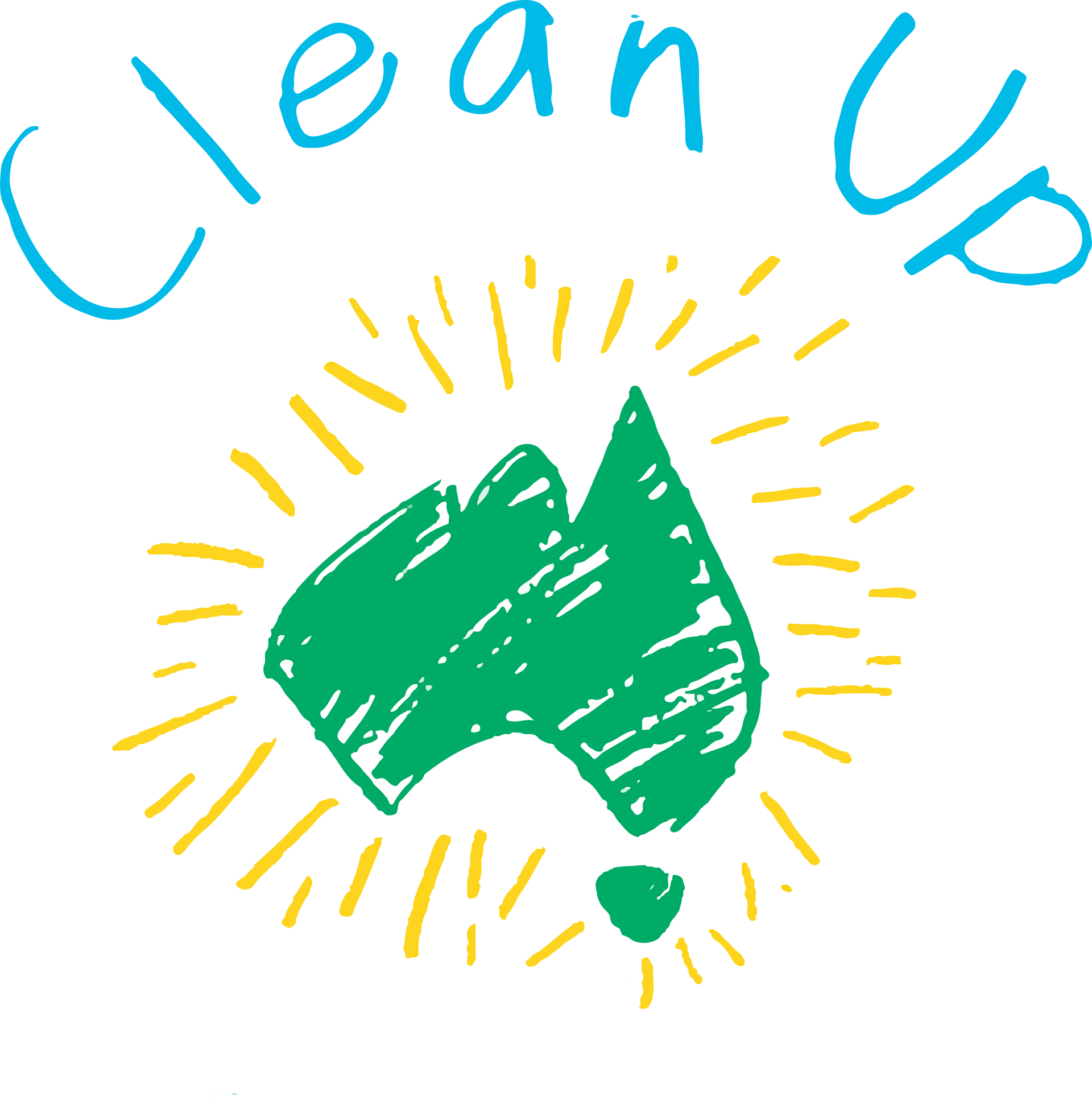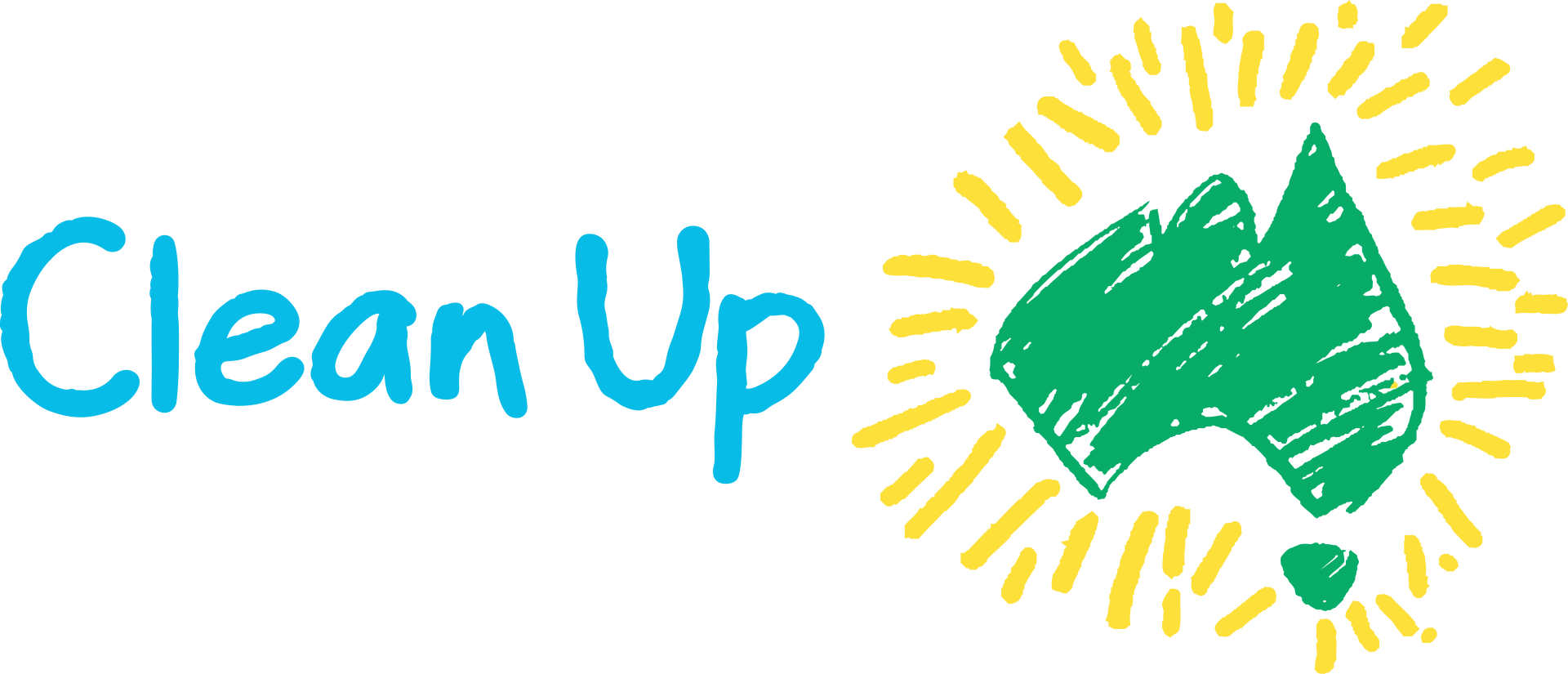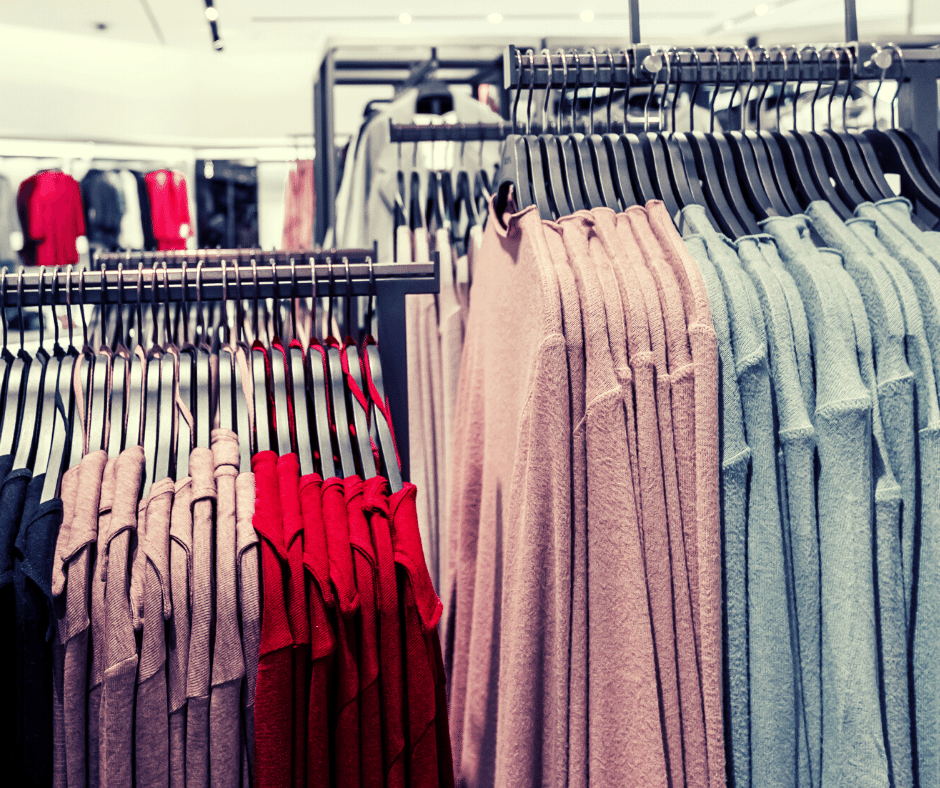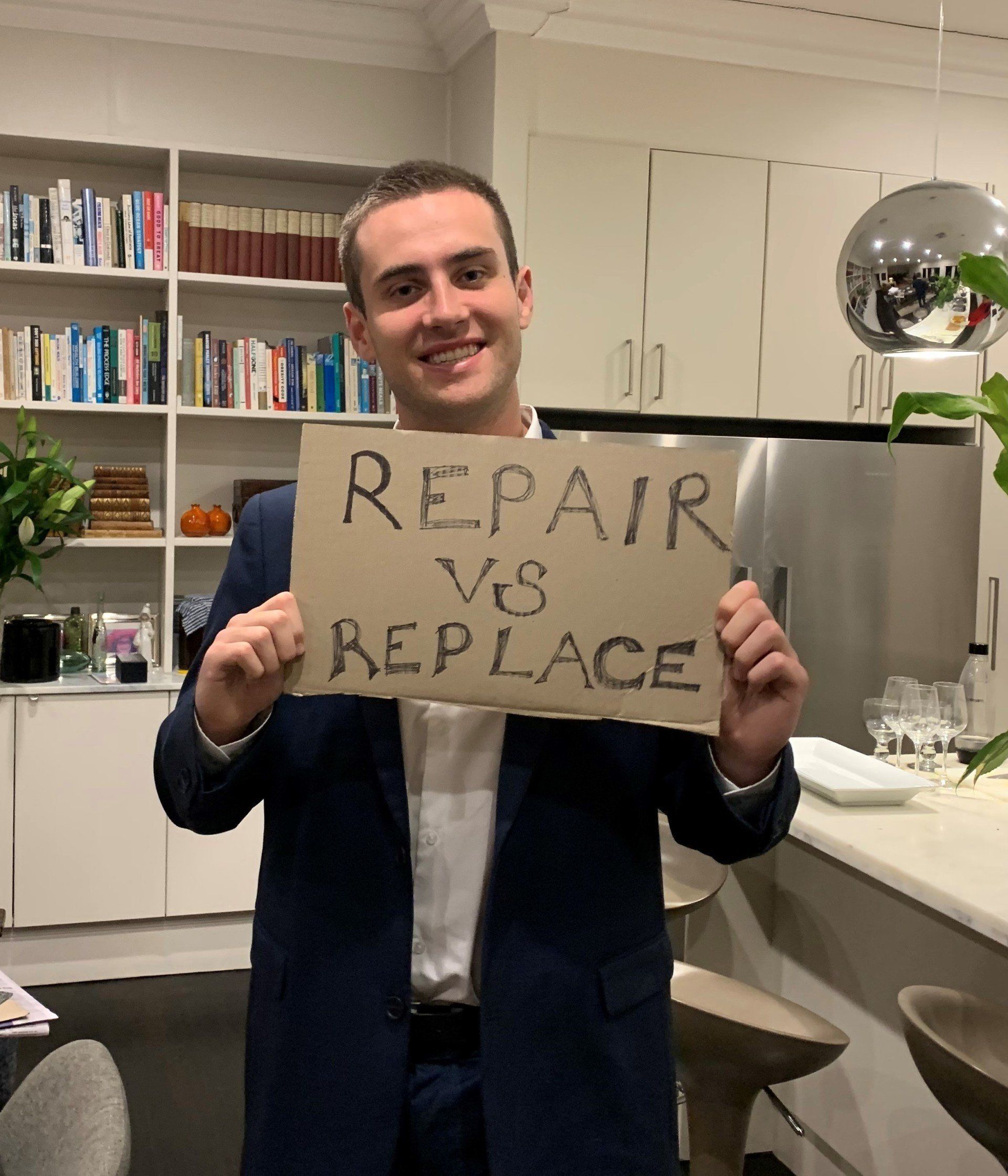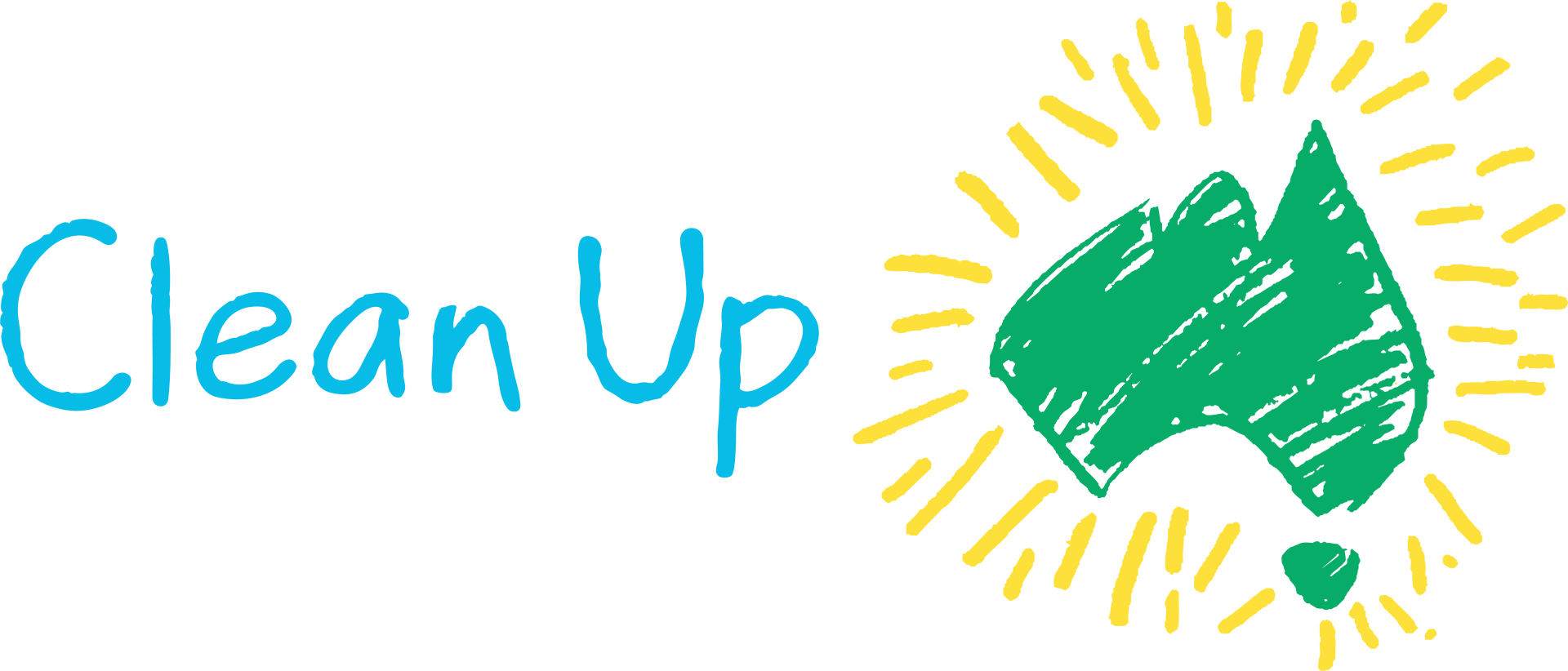The Circular Economy for Dummies
By Hannah Robotham and Sarah Kelly
Wondering what it is and how you can be part of it?
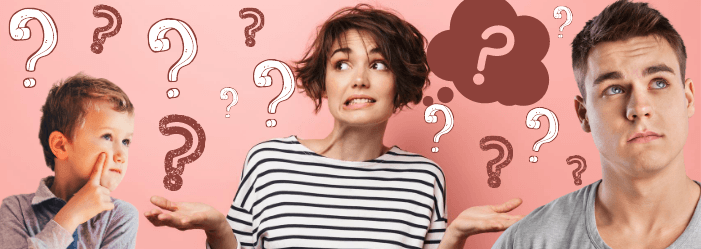
We face a massive waste problem. Since the early 1950’s, the world has produced an estimated
8.3 billion tonnes of plastic, according to the United Nations.
Each year 300 million tonnes of plastic is produced. That is the equivalent to the weight of the world’s population. A staggering 60% of this plastic produced has ended up in landfill or polluted our environment.
So, what is the answer to this enormous problem?
What if every time you finished a jar of Vegemite, it was used to make another jar? Or every time you finished a flat white, it was used to create a new cup?
Enter the Circular Economy.
As the name suggests, the circular economy is an economic system which prioritises the re-use and recycling of resources in order to eliminate waste and keep them circulating around.
The modern economy operates under a linear consumption model, in which companies produce goods, customers buy these goods and then dispose of them once they no longer work or they no longer want them. Improvements in manufacturing and technology have gone hand in hand with increased consumption.
At its simplest form, a circular economy continuously reuses and recycles materials, so that we can preserve resources and prevent things going straight into landfill. It involves products being made with materials that you can keep recycling, reforming and reusing over and over again, to avoid those products going into landfill.
The planet only has finite resources, so the pattern of buying and disposing of goods once they are deemed obsolete cannot continue forever.
The concept of a circular economy is that the cycle of consumption loops back around, so that disposed goods don’t simply fill up landfill but form the basis of new products.
But how does it work?
A circular economy is underpinned by innovation to transform our current waste into usable materials.
There are different ways in which this can be achieved. The most common is recycling.
For example, you might purchase a washing machine from a department store. After ten years of use the washing machine stops working. In a linear consumption model, you would most likely get the machine taken away in hard rubbish waste or take it to the tip to become landfill. You would then buy a new machine. But in a circular economy, the manufacturer could take back the old washing machine and recycle its different parts to be used for new appliances.
This allows for the minimisation of waste through repurposing materials.
Will it ever be a thing for everyday Australians?
Although the term "circular economy" might be unfamiliar, the good news is that many Australians are actively choosing sustainable options in their everyday lives. If you are opting for reusable shopping bags and coffee cups, avoiding single use plastics, making purchases with longevity in mind, and are actively seeking out reusable and recycled packaging then you're part of the circular economy!
Although the idea of a wholly circular economy may seem quite futuristic, it could potentially be a part of everyday life for Australians in the not so distant future. Many businesses and government departments are already implementing the principles of a circular economy into their practices. It will take a big mind shift and may need government regulation.
Queensland’s new Waste Management and Resource Recovery Strategy
is underpinned by the state’s desire to become a zero-waste society. The motivation behind the adoption of a circular economy is two pronged, delivering economic savings and environmental benefits. Massive economic benefits are derived from ensuring materials stay in use for as long as possible.
How Can We Go Circular?
The fact that you’re even reading this shows you’ve taken the first step on a journey to becoming more circular. And it’s important that you do. In Australia, the waste we produce is growing at double the rate of our population
and the volume of waste going into landfill is increasing each year. So what are some simple things you can do to support the circular economy here in Australia:
Buy recycled products:
We need to create a market for items made from recycled products. If you’re
purchasing products
that have previously been recycled, you’re already supporting the cause. So be sure to look out for products that are made with recyclable materials next time you've got your credit card ready.
Stop wishcycling!
Educate yourself on what can and can’t be recycled: Not all recyclables are created equal. Look out for the
Australasian Recycling Label
when you go shopping so you can better understand what you can and can’t put into your recycling bin.
Support brands
who support the Circular Economy:
There are some great brands who are leading the change in Australia. A private enterprise committed to minimising waste through the principles of a circular economy is Closed Loop. The Melbourne-based waste management company works with other businesses to innovate ways they can transform the business’s waste into products they use in their supply-chain. They have a number of initiatives, such as Simply Cups, in which they upcycle disposable coffee cups into a reusable take-away cup. To date, they have diverted more than 13 million coffee cups from Australian landfill.
Don’t throw out your
soft plastics.
Keep your soft, scrunchable plastics aside – that’s plastic bags, bread bags, biscuit wrappers – and pop them in a REDcycle bin next time you head to the supermarket. REDcycle sends these plastics off to Replas which turns these soft plastics into sturdy outdoor furniture.
Re-fashion
your approach
Next time you’re buying clothes, why not buy previously-used products or participate in a clothes-swap? If you really want to buy new, avoid fast fashion, and support brands like Arnsdorf
or Nudie Jeans who offer a lifetime free repair service.
Although it may be a while before a circular economy is fully implemented in Australia, many are already embracing its principles in an effort to reduce the nation’s waste through sustainable forms of production and consumption.
If every one of us took small steps to change, the transition to a circular economy would become a much easier one and we’d all reap the benefits.
Sarah Kelly is a marketer by day and a supporter of the environment by night. Hannah Robotham is a third year university student with a passion for sustainability.
Search for other blog topics:
